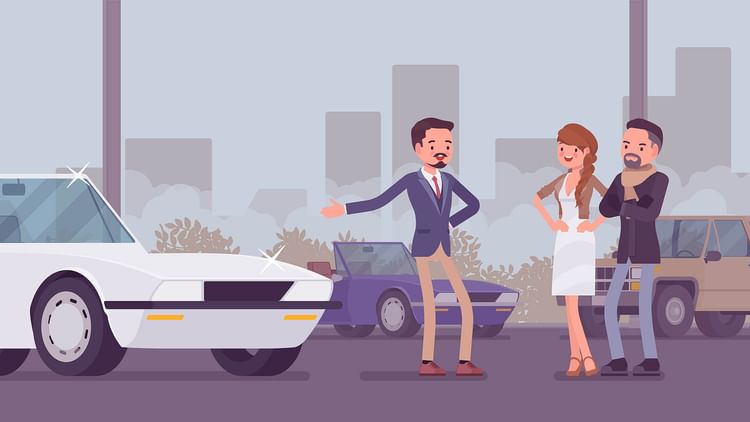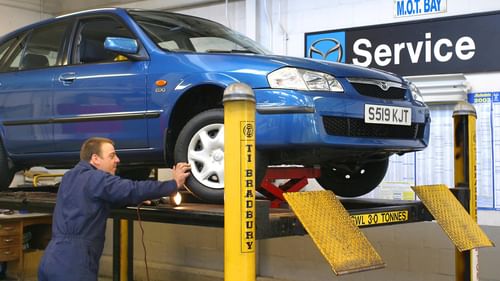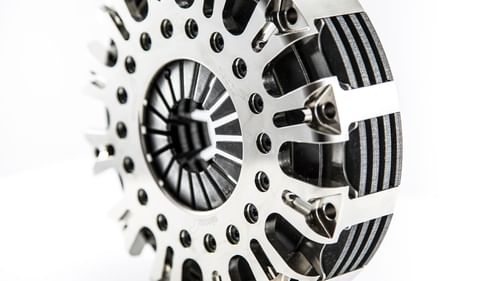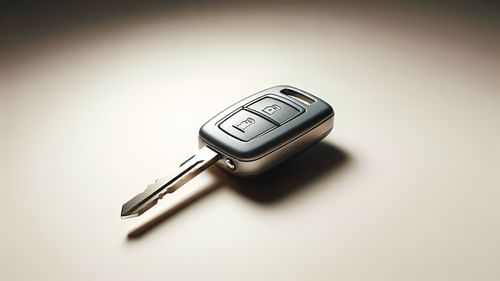Advertorial: Is car finance right for you?

In this advertorial, Refused Car Finance cuts through the car buying choices to help you decide which finance option is right for you.
It’s never been easier to get your hands on a car. But with all the options available, deciding how to do so can be daunting and confusing. Getting a car on finance is the most realistic for many people but is it right for you? Before you decide, you need to know the alternatives.
The pros and cons of buying a car outright
Some people just don’t like to be in debt, so buying outright offers the peace of mind that other options don’t. Making a single, one-off payment is simple and straightforward. Once it’s done, it’s done, and you can move on without having to worry about budgeting for monthly repayments. The fact that you don’t have to pay any interest makes it cheaper in the end than leasing a car or getting one on finance.
The initial expense is a big one but if your financial situation becomes suddenly worse, you have the flexibility to sell your car at any time. It’s a source of quick cash rather than a monthly burden. Finally, you own the car right away, rather than having to wait until the end of your finance deal or never owning it, as is the case with leasing.
The main disadvantage of buying a car outright is that it will depreciate in value. You’ll lose a significant amount of money on the investment. Most new cars lose between 50 per cent and 60 per cent of their value within three years. This affects used cars too, though to a lesser degree – when a car is four, depreciation starts to slow.
Expect to lose out a bit though, particularly if you keep the car for more than five years. The car you choose to buy is dictated by your current savings; with financing and leasing, you can usually get a better car. Spending a lump sum also means that you aren’t keeping anything back for savings or other investments.
The pros and cons of leasing a car
Leasing, also known as Personal Contract Hire (PCH), is when you pay a monthly fee for your car. Think of it as renting but, at the end of the lease agreement, you have the option of buying the car by paying the remaining balance.
The best thing about leasing is that you get a brand new car and usually one that’s better than you could afford through financing or buying outright. The monthly repayments tend to be lower than you can get on financing too. After your lease term is over, you can return the car and start the whole process again which means you’re always driving the latest and greatest vehicles on the market.
Because you’re only renting, you don’t have to worry about depreciation of value unless you decide to buy the car at the end of your deal. Any money that you’ve saved by not paying the full price of a car can be saved or invested elsewhere. Some leasing companies pay your road tax and any faults with the car are covered by the warrantee.

What puts most people off leasing is that you are constantly paying towards something that you’ll never actually own. You could be paying for a car every month for the rest of your life. There are usually mileage limits set in the deal and, whilst you can factor them in beforehand, you don’t have the same freedom you would with other options.
Since you have to return the car in the same condition as you were given it, you need to repair any damage before you give it back; although any faults will be covered by the warrantee. This means that you can’t make any modifications to the car either. You have to pay interest, so the overall price is higher than if you bought outright. If you miss your monthly payments it can lead to a poor credit score. The problem here is that poor credit car finance tends to be more expensive.
The pros and cons of financing a car
The UK’s most popular car for over a decade is a Ford Focus, brand new from £20,000 and anywhere from £5,000 plus used. Cars are expensive even if you have a stable job and are careful with your money. So, for many people, buying a car is simply out of the question. Leasing means that they’ll be tied into monthly payments for as long as they need a car. This makes financing the most realistic and affordable option for many.
As with leasing, you tend to be able to get a better car than you could if you spent a lump-sum on one. It frees up more money for other projects or savings and it has a smaller impact on your wallet because the cost is spread out over time. Making your monthly payments in full and on time will also improve your credit score. At the end of your monthly repayment plan, the car is officially yours to keep.
The disadvantages are similar to those of leasing. You have to pay interest and the total price you pay for the car is higher than it would have been if you’d bought it outright. You can’t make any modifications to the car and you can’t sell it until your finance deal is finished. If you are late on the monthly payments, it can negatively affect your credit score.
This post was brought to you in collaboration with Refused Car Finance.





